Home>Home Maintenance>What Happens If Home Repairs Are Less Than Insurance Says


Home Maintenance
What Happens If Home Repairs Are Less Than Insurance Says
Modified: March 6, 2024
Discover what happens when your home repairs are lower than what your insurance company says. Learn about home maintenance and insurance discrepancies.
(Many of the links in this article redirect to a specific reviewed product. Your purchase of these products through affiliate links helps to generate commission for Storables.com, at no extra cost. Learn more)
Introduction
Welcome to the world of home insurance and repairs. As a homeowner, you may have encountered situations where the estimated repair costs provided by your insurance are significantly higher than the actual expenses incurred. This discrepancy can leave you scratching your head and wondering what to do next.
In this article, we will explore what happens when home repairs are less than what your insurance says. We will discuss common scenarios where this may occur, the factors that contribute to the disparity, and the potential consequences for homeowners. Additionally, we will provide some helpful tips and options to navigate through this situation.
Home insurance plays a vital role in providing financial protection and peace of mind should unforeseen events, such as fires, floods, or storm damage, occur. When faced with such situations, you rely on your insurance coverage to reimburse you for the repair costs based on their estimates. However, in some instances, you may find that the actual repair costs are lower than what your insurance initially predicted.
So, why does this happen? There are several factors that can contribute to the disparity between the insurance estimate and the actual repair costs. Factors such as the complexity of the repairs, availability of materials, and fluctuations in labor costs can impact the final bill.
Now let’s explore some common situations where home repairs end up costing less than what your insurance says. This will give you a better understanding of how this scenario can occur and what you should expect.
Key Takeaways:
- Home repairs can cost less than what your insurance estimates due to factors like DIY repairs, competitive bids, and salvageable materials. This can lead to financial benefits and potential savings for homeowners.
- When repairs are less than insurance says, homeowners can request reimbursement, utilize remaining funds for other repairs or home improvements, and communicate openly with their insurance provider for a smooth claims process.
Read more: What Is Home Life Insurance
The role of home insurance in covering repairs
Home insurance is designed to protect homeowners from financial losses due to damage or destruction of their property. It provides coverage for repairing or rebuilding your home, replacing damaged belongings, and even covering liability costs in case someone is injured on your property.
When it comes to repairs, your home insurance policy typically outlines the coverage limits and the types of repairs that are eligible for reimbursement. Insurance companies may send adjusters or appraisers to assess the damage and estimate the repair costs based on industry standards and local labor rates.
The estimated repair costs provided by your insurance serve as a guideline for both you and the insurance company. They ensure that you receive appropriate compensation for the damages and help adjusters to determine a fair settlement amount.
However, it’s important to note that an insurance estimate is just that – an estimate. Actual repair costs can vary based on a range of factors, including the specifics of the damage, the quality of materials used, and the contractor’s pricing.
Insurance companies typically cover the necessary repairs up to your policy’s coverage limits. It’s crucial to review your policy documents and understand what repairs are covered and any deductible or out-of-pocket expenses you may need to bear.
In the event that the actual repair costs are less than what your insurance estimated, you may be left with the question of what happens next. Let’s delve deeper into some common situations where this occurs and explore the factors that contribute to these discrepancies.
Common situations where home repairs are less than the insurance estimate
While it may seem counterintuitive, there are several common scenarios where the actual costs of home repairs are lower than what your insurance estimate initially stated. Understanding these situations can help you navigate through the process and make informed decisions.
1. DIY Repairs: In some cases, homeowners may have the skills and knowledge to perform the necessary repairs themselves. This can significantly reduce the overall costs, as you won’t need to hire a professional contractor. However, it’s important to ensure that you have the necessary expertise and follow local building codes and safety regulations.
2. Competitive Bids: When obtaining repair estimates, it’s a good practice to gather multiple bids from different contractors. These bids can vary based on factors such as labor rates, materials cost, and expertise. If you receive a lower bid than the initial insurance estimate, it may indicate that the repairs can be done at a lower cost.
3. Negotiation with Contractors: Sometimes, homeowners have the opportunity to negotiate with contractors to lower the repair costs. This can be done by discussing alternative materials or methods, exploring cost-saving options, or leveraging their professional network to get better pricing.
4. Salvageable Materials: After a disaster, certain materials or components of your home may be salvaged and reused during repairs. For example, salvageable flooring, cabinets, or roofing materials can be reused instead of purchasing new ones, leading to cost savings.
5. Time and Market Factors: Repair costs can fluctuate over time due to factors such as changes in market conditions, availability of materials, and labor rates. If the repair process is delayed, you may benefit from lower costs as market conditions change or contractors offer discounts to fill their schedule.
It’s important to note that these situations can vary based on the nature of the damage and the specifics of your insurance policy. Always consult with your insurance provider and contractors to ensure that the repairs are done safely and in compliance with your policy.
Now that we’ve explored common scenarios where repair costs are less than the insurance estimate, let’s delve into some of the factors that contribute to the discrepancy between the estimates and the actual repair costs.
Factors contributing to the discrepancy between insurance estimates and actual repair costs
There are several factors that can contribute to the difference between the estimated repair costs provided by your insurance and the actual expenses you incur. Understanding these factors can help you better grasp why this discrepancy occurs.
1. Scope of Damage: The initial estimate by your insurance adjuster is based on their assessment of the visible damage. However, there may be hidden or unforeseen damages that become apparent during the repair process. These unexpected repairs can add to the overall costs, resulting in a higher estimate.
2. Quality of Materials: Your insurance estimate is typically based on the use of standard materials. However, you may choose to upgrade to higher-quality materials during the repair process, which can increase the cost. On the other hand, if you opt for more affordable materials, the actual repair costs may be lower than the estimate.
3. Contractor Pricing: The estimates provided by insurance adjusters are based on prevailing market rates. However, contractors may offer different pricing based on their expertise, reputation, and workload. It’s possible to find a contractor who can complete the repairs at a lower cost than what was initially estimated.
4. Labor Costs: Labor costs for repairs can vary depending on the geographical location, time of the year, and availability of skilled labor. Fluctuations in labor costs can impact the final repair expenses, making them either higher or lower than the insurance estimate.
5. Cost-Saving Measures: During the repair process, contractors may identify alternative methods or materials that can achieve the same result at a lower cost. By implementing these cost-saving measures, the actual repair costs can be reduced compared to the initial estimate.
6. Time Factors: Repair costs can change over time due to market conditions. If there is a delay between the insurance estimate and the actual repair, the prices of materials and labor may fluctuate, potentially leading to differences in costs.
It’s important to remember that insurance estimates are not set in stone, and the final repair costs can vary based on these contributing factors. It’s always a good idea to communicate with your insurance provider, contractors, and any other professionals involved to ensure transparency and clarity throughout the repair process.
Now that we have explored the factors contributing to the discrepancy, let’s discuss the potential consequences for homeowners when repairs end up costing less than what the insurance initially estimated.
Always get multiple quotes for home repairs to ensure you’re getting a fair price. If the insurance estimate is lower, negotiate with the contractor or seek a second opinion to avoid out-of-pocket expenses.
Consequences for homeowners when repairs are less than insurance says
When repairs end up costing less than what your insurance initially estimated, there can be both positive and negative consequences for homeowners. Understanding these potential outcomes can help you navigate through the situation effectively.
1. Positive Financial Impact: One of the most significant advantages of repairs costing less than the insurance estimate is the potential financial benefit for homeowners. If the actual repair costs are lower, it means you may have to pay a lower deductible or even no out-of-pocket expenses if the repairs are fully covered by your insurance policy. This can result in savings that can be allocated to other home maintenance projects or expenses.
2. Time and Effort Saved: When repair costs are lower, it generally means that the repairs can be completed more quickly and with less effort. Homeowners can avoid the lengthy and often complex process of negotiating with contractors, submitting additional documentation, or waiting for multiple insurance inspections. This saves time and allows you to move forward with other aspects of home maintenance or restoration.
3. Potential Insurance Rate Impact: In some cases, when repairs cost less than initially estimated, it may have a positive impact on your future insurance premiums. Insurance providers may consider your claim history and the actual repair costs when determining future premiums. If you have successfully managed to keep repair costs lower, it may reflect positively on your insurance record, potentially leading to lower premiums in the future.
4. Unfulfilled Expectations: While there can be positive consequences, some homeowners may feel frustrated or disappointed when the repair costs are significantly lower than what the insurance estimate indicated. This can stem from initial expectations of receiving a higher reimbursement for the repairs or concerns that the lower costs may compromise the quality of the work done. It’s important to engage in open communication with your insurance provider to ensure that you fully understand the reimbursement process and manage your expectations accordingly.
To navigate through these consequences effectively, it’s important to thoroughly review your insurance policy, communicate with your insurance provider, and work closely with the contractors involved. By proactively addressing any questions or concerns, you can ensure that the repair process proceeds smoothly and that you make informed decisions about how to utilize any cost savings.
Now that we have discussed the consequences, let’s explore the options available for homeowners when repairs cost less than what the insurance estimate initially stated.
Read more: What Are Insurance Home Protection Plans
Options for homeowners when repairs cost less than the insurance estimate
When repairs end up costing less than what your insurance estimate initially stated, homeowners have several options to consider. These options can help you make the most of the situation and ensure that you handle the remaining funds appropriately.
1. Request Reimbursement: If you have already made out-of-pocket payments for the repairs that were less than the insurance estimate, you can request reimbursement from your insurance company. Gather all the relevant documentation, including invoices, receipts, and any other proof of payment, and submit them to your insurance provider. They will review the documentation and adjust the claim accordingly, providing you with reimbursement for the actual repair costs.
2. Utilize Remaining Funds for Other Repairs: If you have not yet completed all the necessary repairs, you can use the remaining funds to address any other damages or maintenance issues in your home. It’s a good idea to have a professional inspection to identify any other areas that require attention. By utilizing the remaining funds wisely, you can proactively maintain your home and ensure that all necessary repairs are addressed.
3. Invest in Home Improvement Projects: If there are no immediate repairs or maintenance needs, consider using the remaining funds for home improvement projects. This can be an opportunity to enhance your home’s value, functionality, or aesthetics. Whether it’s renovating a bathroom, upgrading your HVAC system, or enhancing your landscaping, investing in home improvements can be a wise choice when repairs cost less than expected.
4. Increase Deductible for Future Savings: Another option is to increase your deductible for future insurance claims. By doing so, you may be able to lower your monthly or annual premiums. This allows you to allocate the cost savings from the repairs towards reducing your future insurance expenses. However, it’s important to evaluate the potential financial impact and ensure that you can comfortably afford the higher deductible if a future claim arises.
5. Discuss with your Insurance Provider: It’s crucial to maintain open communication with your insurance provider throughout the process. Discuss the situation with them and explore any additional options or recommendations they may have. They can guide you through the claim adjustment process and provide valuable insights based on your specific policy and circumstances.
Remember, each homeowner’s situation is unique, and the best course of action may vary depending on your individual needs and priorities. Take the time to assess your options, consult with professionals if needed, and make informed decisions that align with your goals.
Now that we’ve explored the options available, let’s dive into some tips to help homeowners navigate the claims process when repairs cost less than what the insurance estimate indicates.
Tips for homeowners to navigate the claims process
Navigating the claims process when repairs cost less than what your insurance estimate initially indicated can sometimes be confusing and overwhelming. However, with the right approach, you can ensure a smooth and successful experience. Here are some helpful tips to keep in mind:
1. Understand Your Insurance Policy: Familiarize yourself with the details of your insurance policy, including coverage limits, deductibles, and any specific requirements for filing a claim. This knowledge will empower you to make informed decisions and effectively communicate with your insurance provider.
2. Keep Detailed Documentation: Maintain thorough documentation of the entire repair process, including estimates, invoices, receipts, and any other relevant paperwork. This documentation will serve as evidence of the actual repair costs and enable you to support your reimbursement or adjustment requests.
3. Communicate with Your Insurance Provider: Regularly communicate with your insurance provider throughout the claims process. Keep them informed about the progress of the repairs, any changes in costs, or any questions or concerns you may have. Clear and open communication is essential for a successful resolution.
4. Be Transparent with Contractors: Ensure that you communicate openly and honestly with the contractors handling the repairs. Inform them about the insurance estimate and any adjustments that need to be made. Transparency with contractors fosters trust and collaboration, leading to a smoother repair process.
5. Review Adjusted Estimates: If your insurance provider adjusts the estimate after considering the actual repair costs, carefully review the new estimate to ensure it aligns with the work completed and any additional expenses incurred. Request clarification if anything is unclear or if you have questions about specific items listed in the adjusted estimate.
6. Seek Professional Advice if Needed: If you feel overwhelmed or unsure about any aspect of the claims process, consider seeking advice from professionals, such as public adjusters or legal experts specializing in insurance claims. They can provide valuable guidance and ensure that your rights as a homeowner are protected.
7. Save Remaining Funds for Future Needs: If you have received a reimbursement for the repairs or if the actual costs were lower than expected, consider setting aside the remaining funds for future home maintenance needs or emergencies. This can provide a financial buffer and ensure that you have resources available when unexpected situations arise.
Remember, every claims process is unique, and the tips above should be tailored to your specific situation. Always consult with your insurance provider and professionals as needed to ensure that you make the best decisions for your home and financial well-being.
Now that we’ve covered the tips for navigating the claims process, let’s summarize the key points discussed in this article.
Conclusion
Navigating the situation when home repairs are less than what your insurance estimate initially indicated can be both a relief and a source of confusion. Understanding the role of home insurance, common situations where repairs cost less, and the factors contributing to the difference is crucial for homeowners.
While the consequences of repairs costing less than insurance says can offer positive financial benefits, it’s important to manage expectations and communicate effectively with your insurance provider. By exploring the available options and utilizing any remaining funds wisely, you can make the most of the situation.
Throughout the claims process, remember to keep detailed documentation, engage in open communication with your insurance provider and contractors, and consult professionals if needed. Understanding your insurance policy, reviewing adjusted estimates, and seeking professional advice when necessary can help you navigate through the process with confidence.
By following the tips outlined in this article, homeowners can successfully navigate the claims process and effectively handle the situation when repairs cost less than what the insurance estimate initially stated. With careful planning, transparent communication, and informed decision-making, homeowners can maximize their reimbursement, address other repair needs, or invest in home improvements.
Remember that each claims process is unique, and it’s essential to be proactive, patient, and diligent throughout. By remaining informed and engaged, you can ensure a successful outcome and maintain peace of mind knowing that your home is well taken care of.
So, the next time you encounter a situation where repairs end up costing less than what your insurance says, you’ll be empowered to navigate through the process with confidence and make informed decisions along the way.
Frequently Asked Questions about What Happens If Home Repairs Are Less Than Insurance Says
Was this page helpful?
At Storables.com, we guarantee accurate and reliable information. Our content, validated by Expert Board Contributors, is crafted following stringent Editorial Policies. We're committed to providing you with well-researched, expert-backed insights for all your informational needs.
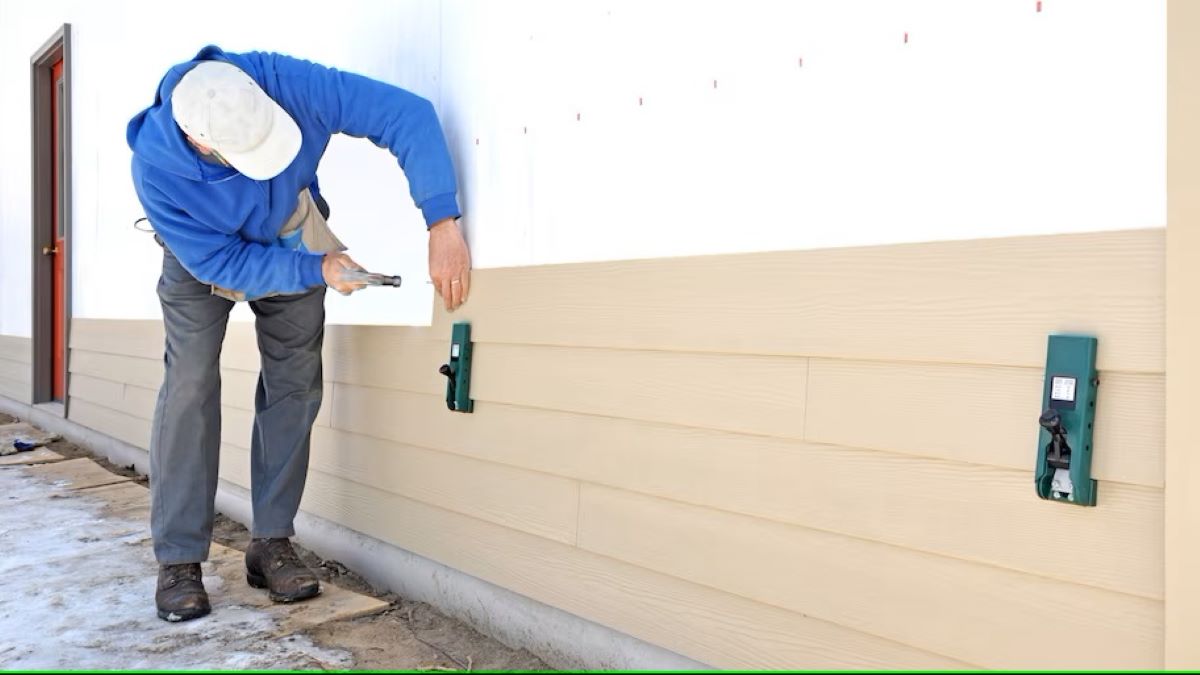


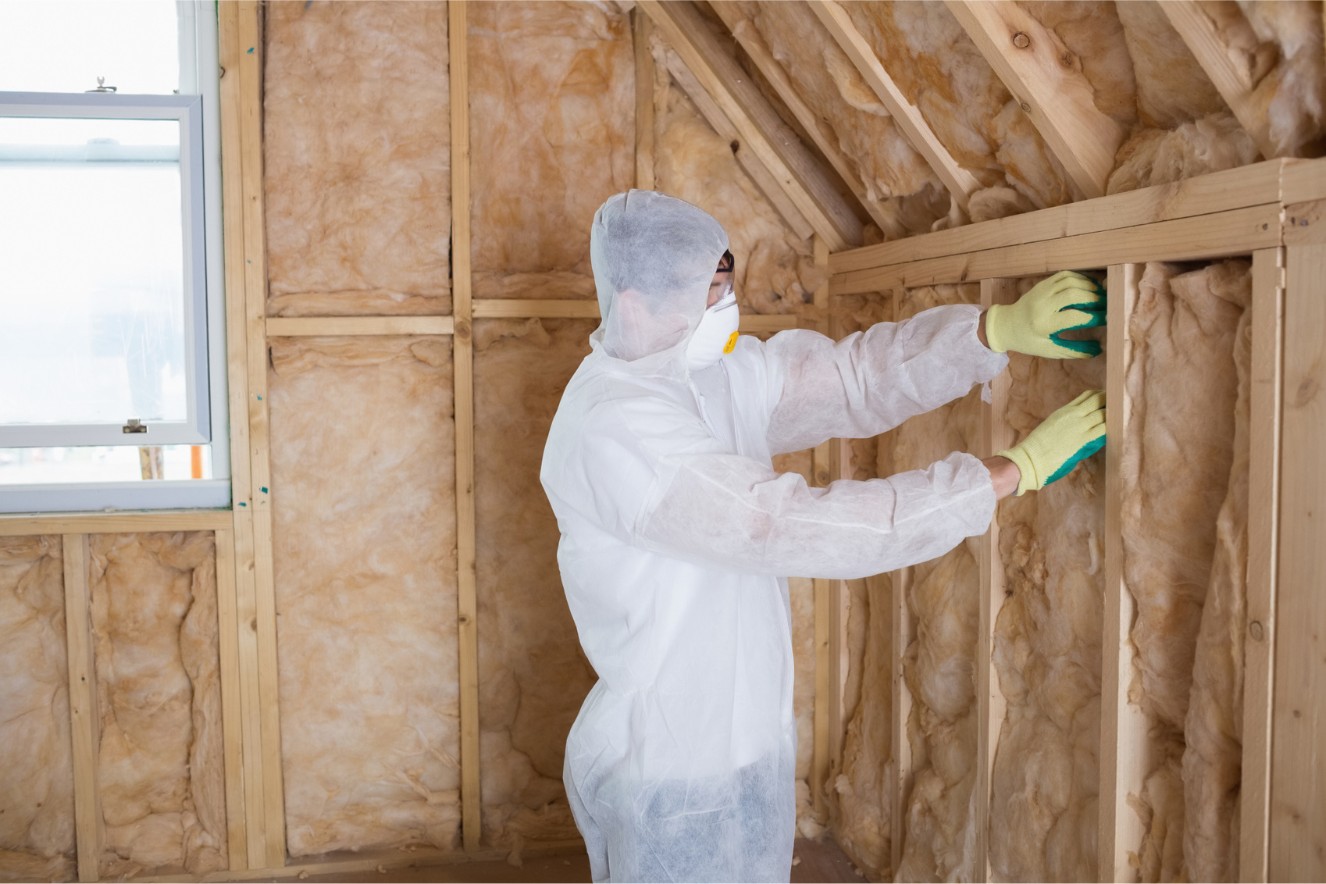
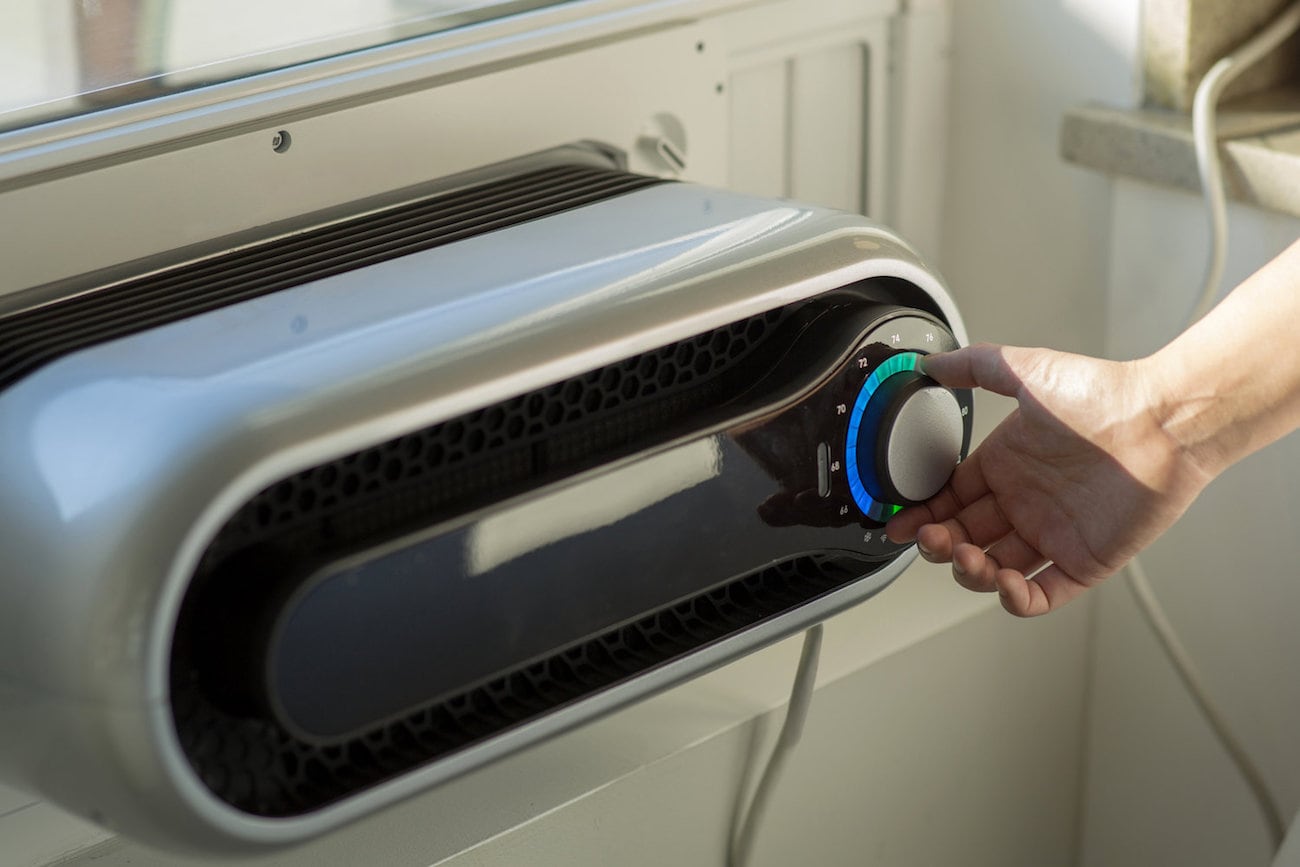
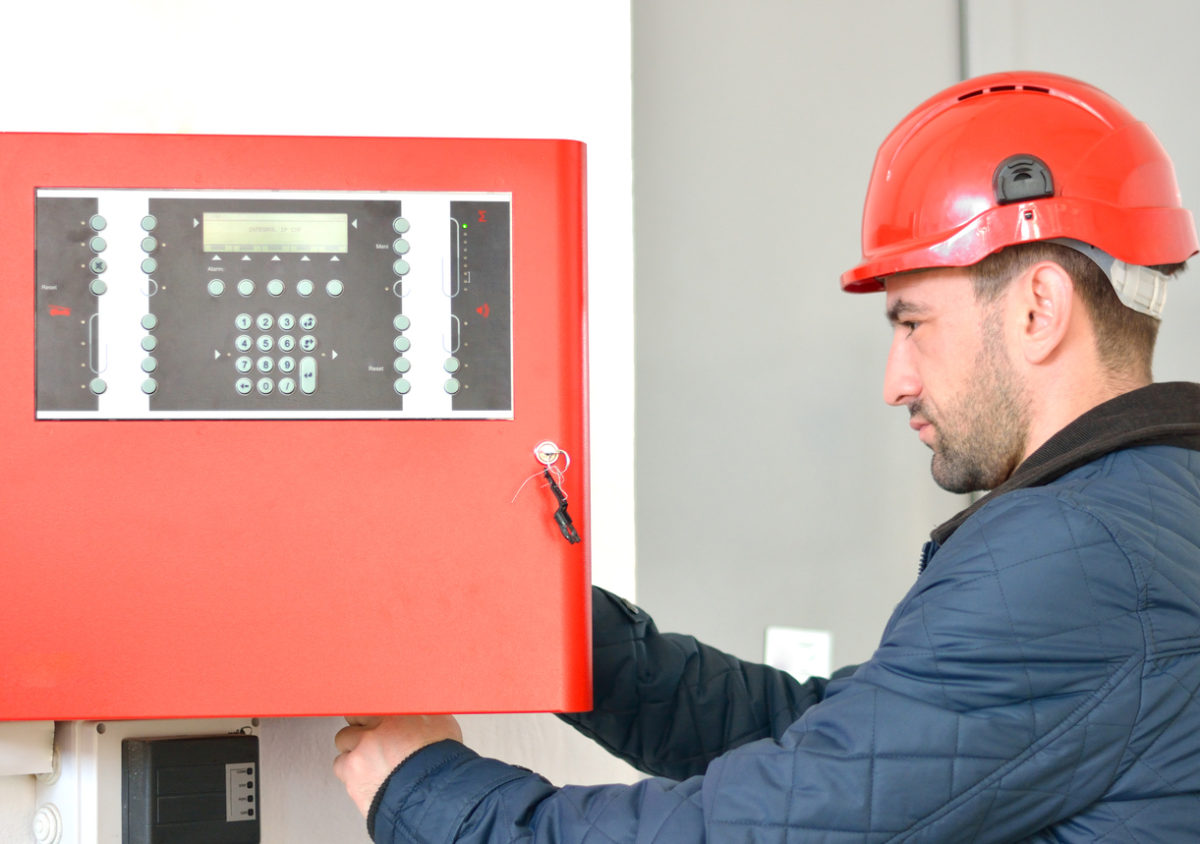


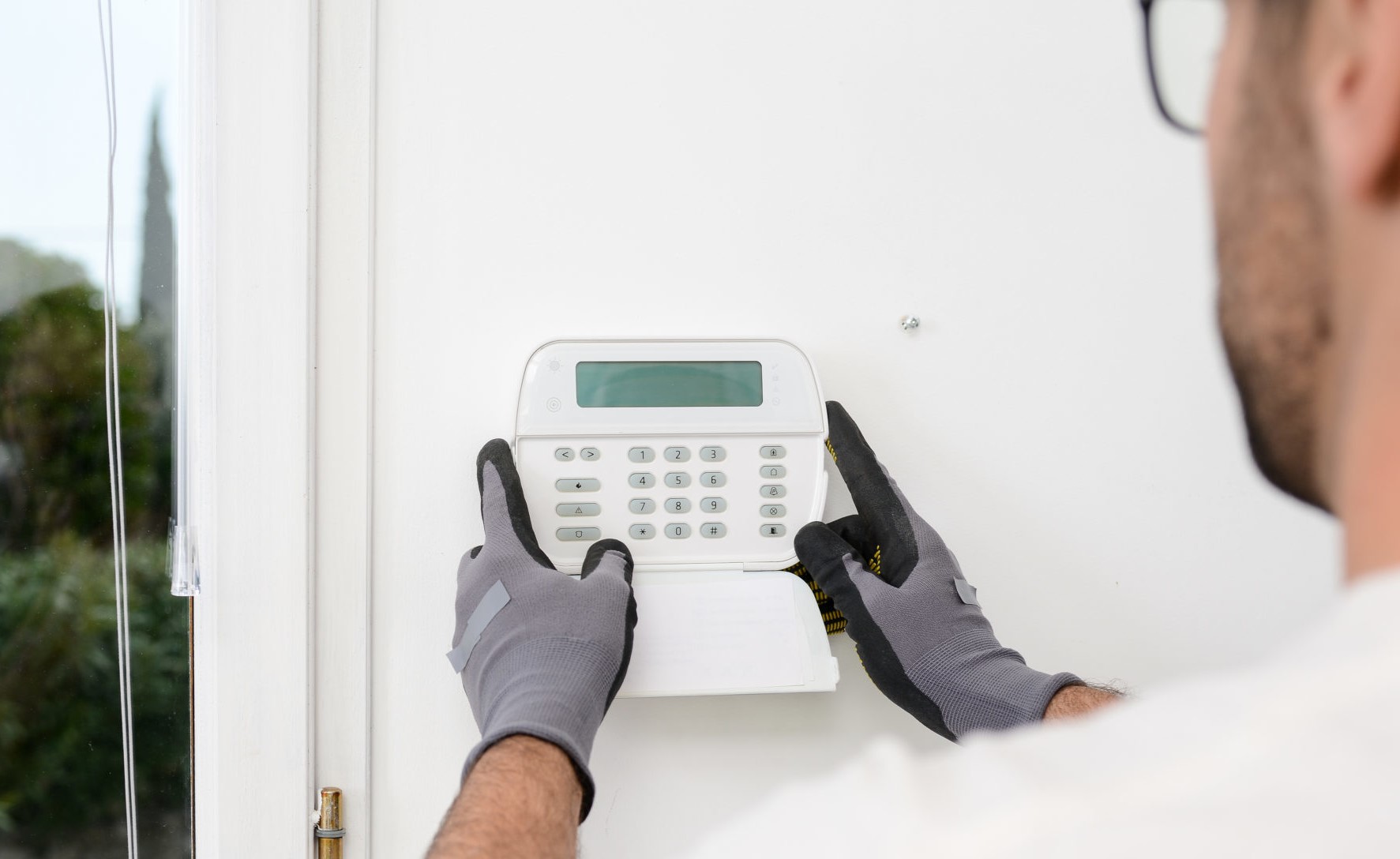


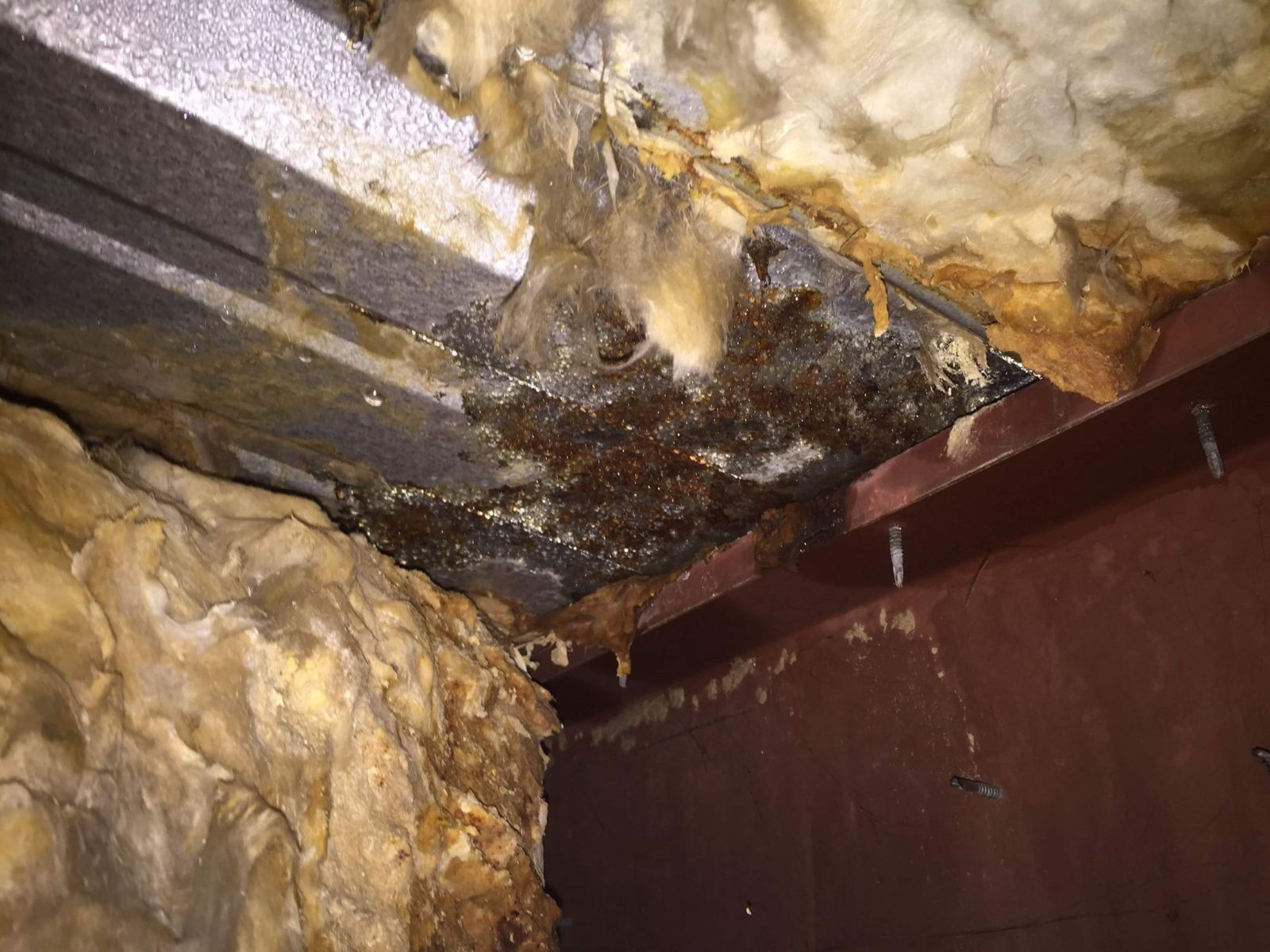



0 thoughts on “What Happens If Home Repairs Are Less Than Insurance Says”